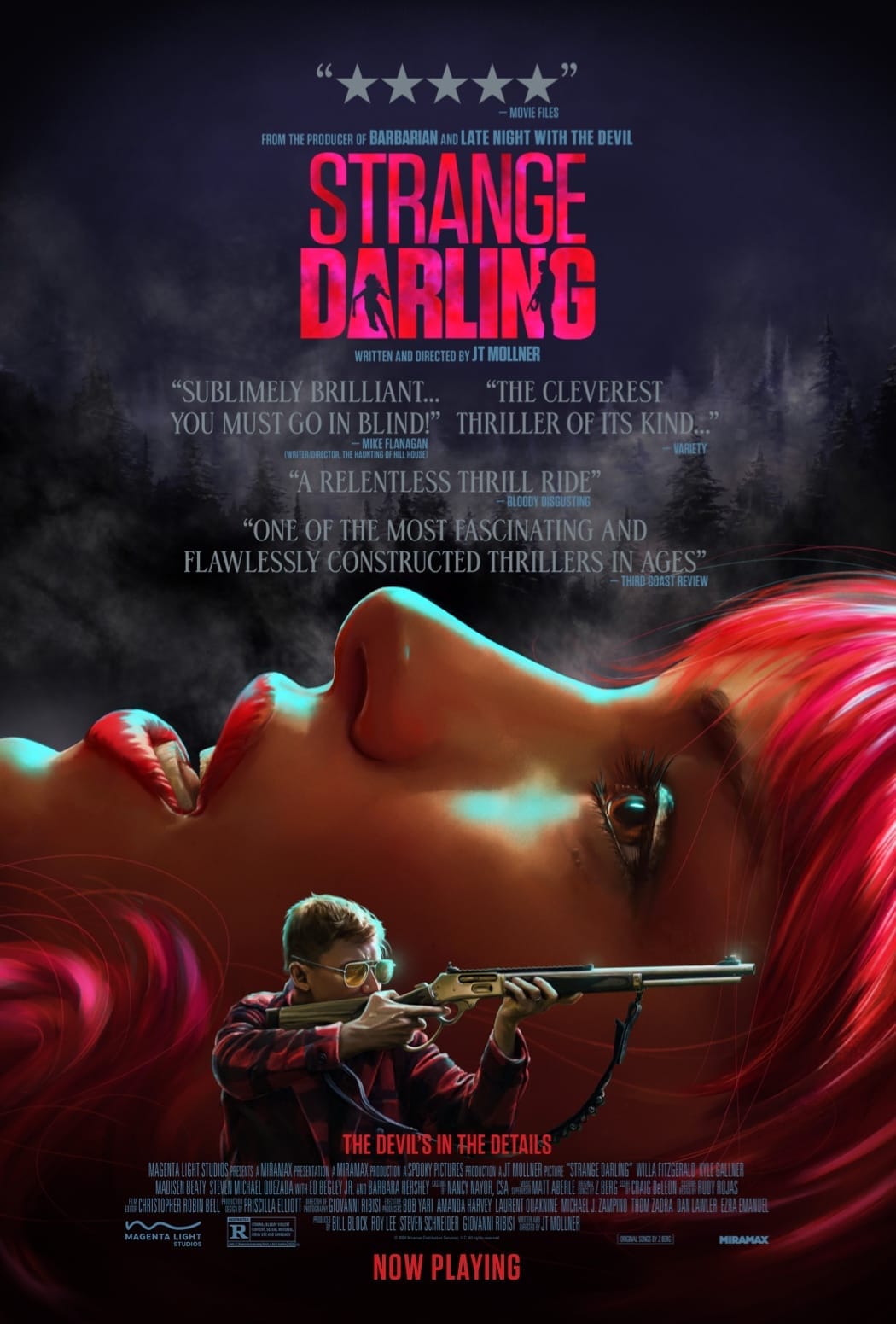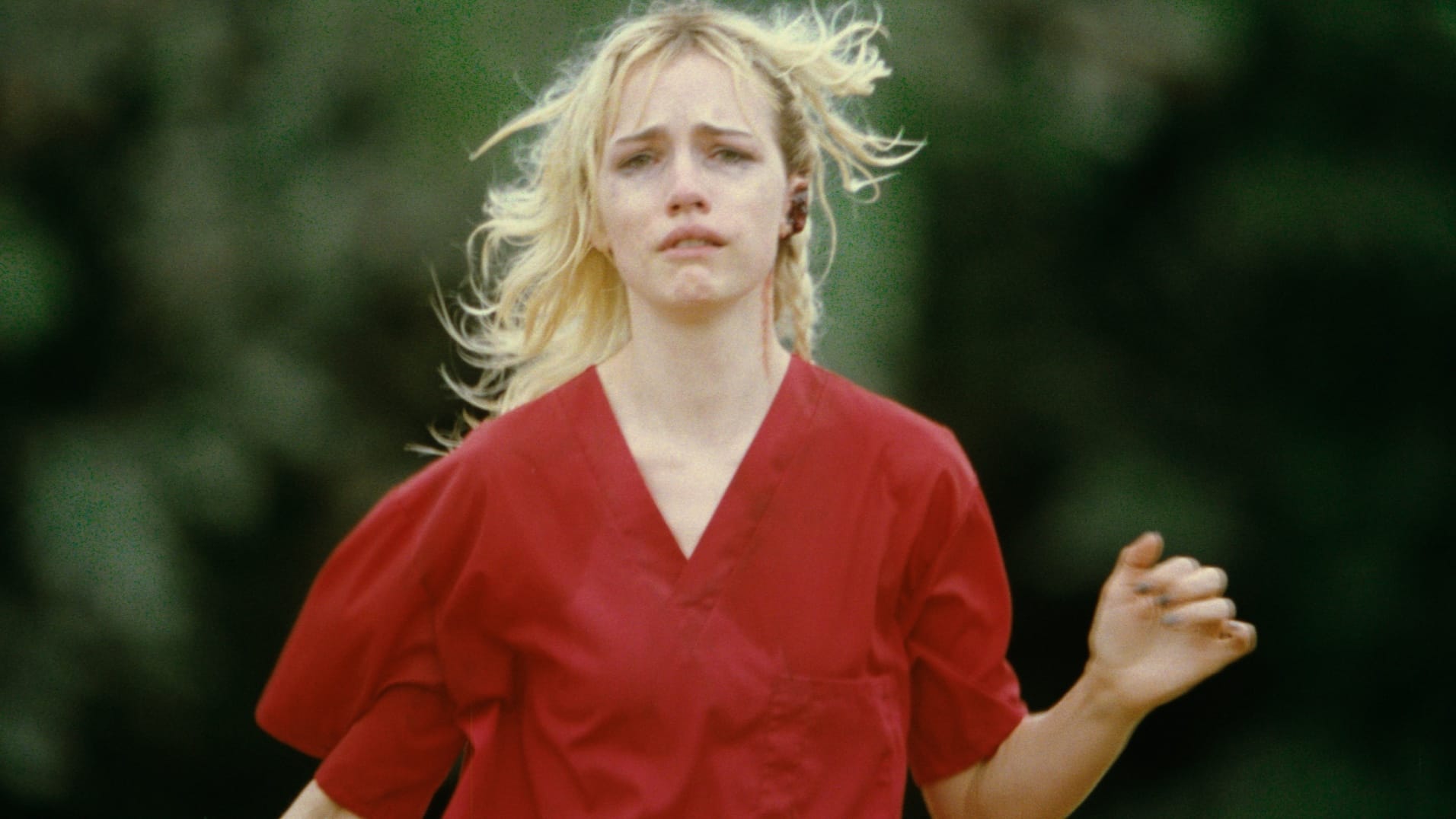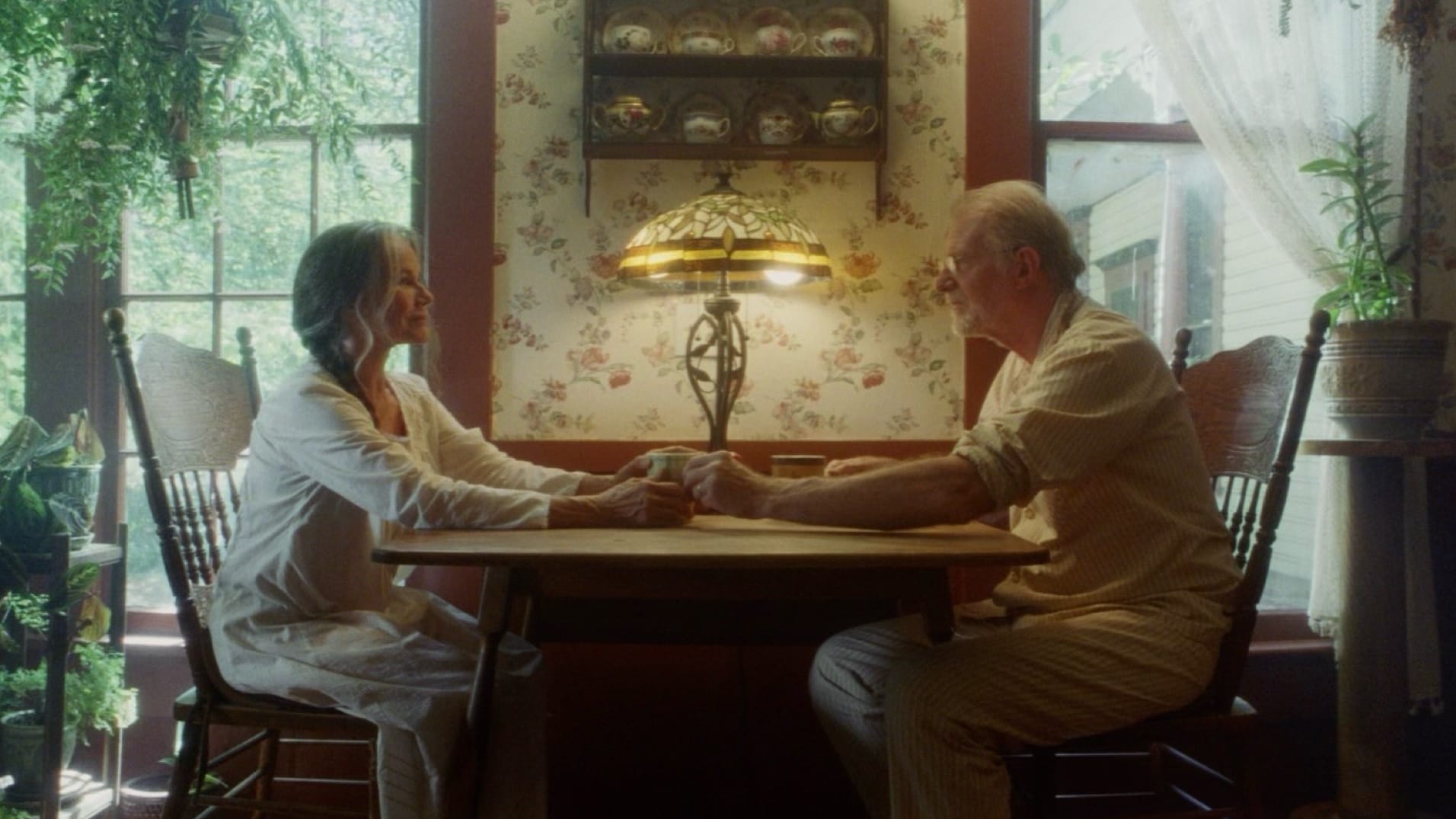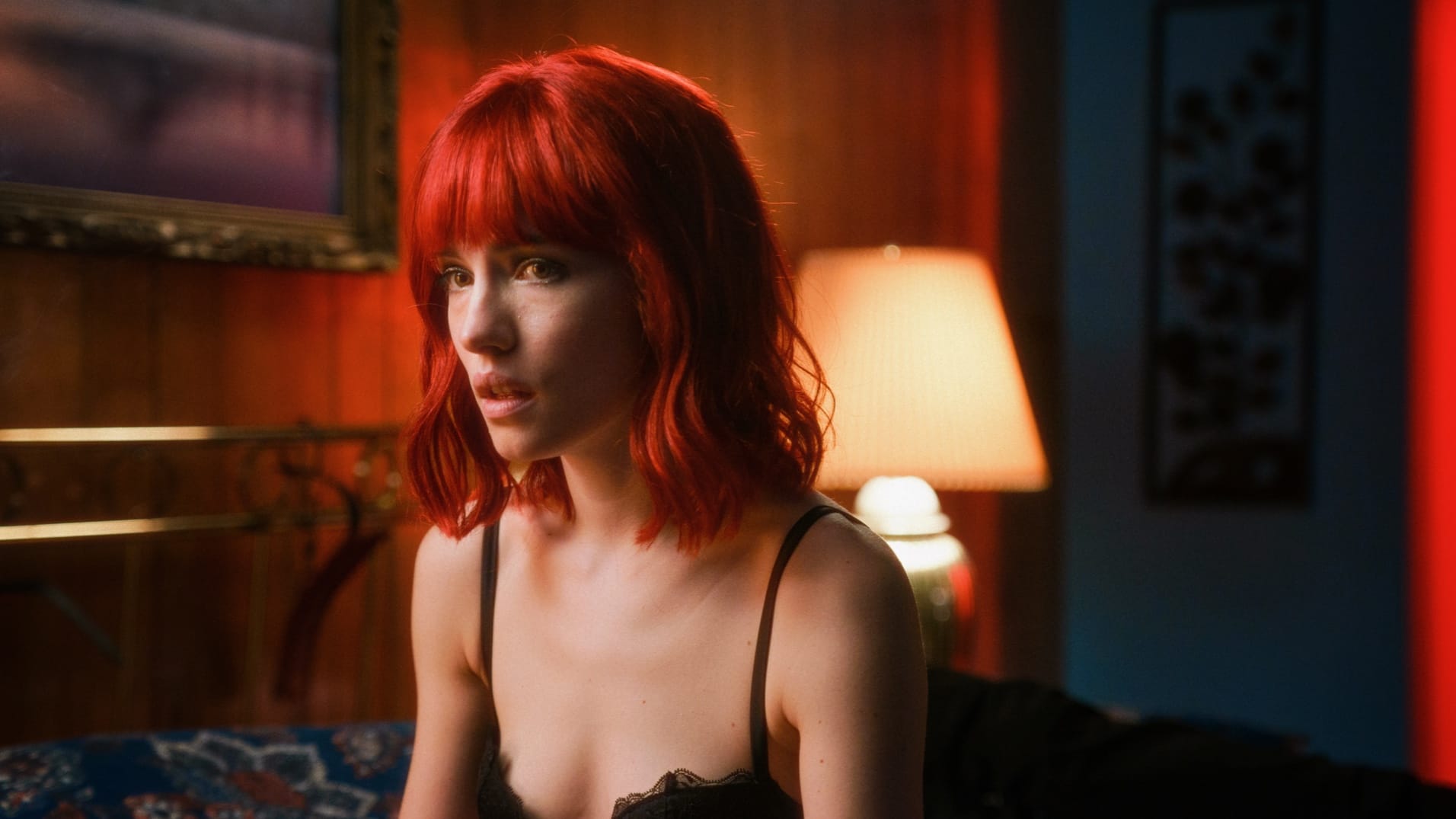Disclaimer: The following article contains spoilers for the film 'Strange Darling'.
The 2023 Fantastic Fest hit, Strange Darling has run through a successful US theatrical release, landing them a feature on Rolling Stone magazine. The film was shot on 35mm celluloid during an Oregon summer, which makes for gorgeous cinematography. Here and there, sunshine filters through the foliage of the woods, good enough for a casual summer hike. It is in this picturesque serene scene that the audience is presented with a small blonde girl (played by Willa Fitzgerald) who they will soon learn is running away from a burly man (Kyle Gallner) with a shotgun.

This is a scene that looks all too familiar in the serial killer horror sub-genre, where women are usually victims who run away from men who are killers. In film theorist Laura Mulvey’s seminal 1975 essay, Visual Pleasure and Narrative Cinema, she analyzed this phenomenon as a manifestation of the male gaze, where women are seen as mere victims of violence. They become objects of desire, making the film a mirror of a patriarchal reality.

However, audiences of Strange Darling will soon realize that they are viewing in a non-chronological order, which forces them to question if perhaps the chased girl is the real serial killer. The film forces its audiences to probe into their own biases, especially around serial killer films, calling for the creation of a film (and a reality) where women are no longer helpless victims. This is why the film, directed by J.T. Mollner is aligned with the United Nations Sustainable Development Goal of Gender Equality.

As the film progresses, the girl will eventually be revealed as the Electric Lady, a notorious serial killer in the film’s world. Meanwhile, the man who hunts her is a potential victim who has escaped and is now seeking revenge. Being a small blonde girl, The Electric Lady as a character is part of a rising trope of women serial killers. This group includes Adrien from Titane and Catherine Tramell from Basic Instinct. Aside from being women, all these characters are also blonde and white. This can be interpreted as a direct nod to Aileen Wuornos, one of the few real-life women serial killers who is also blonde and white.

It can also be read as a subversion of the blonde white women character stereotype. Blonde white women are often stereotyped as shallow or dumb, all while being extremely sexualized. Once the chronological order of events in Strange Darling was revealed, viewers would see how the Electric Lady first lured in her victim by wearing a red-haired wig, consciously separating herself from the blonde stereotype, affirming that her character is about subverting the blonde women stereotype.

Strange Darling challenges the traditional tropes of the serial killer genre by flipping the script on audience expectations. Through its non-linear narrative and the shocking revelation of the Electric Lady, the film subverts the usual portrayal of blonde women in horror, who are typically depicted as helpless victims. Instead, it presents a complex character who defies stereotypes and embodies a new kind of female agency in the genre. By doing so, director J.T. Mollner not only engages viewers in a thrilling and unsettling story but also prompts them to reflect on their own biases and the pervasive influence of the male gaze in cinema. The film is a bold and necessary exploration of gender dynamics within the horror genre.
Find out more about Strange Darling on www.strangedarlingfilm.com.
